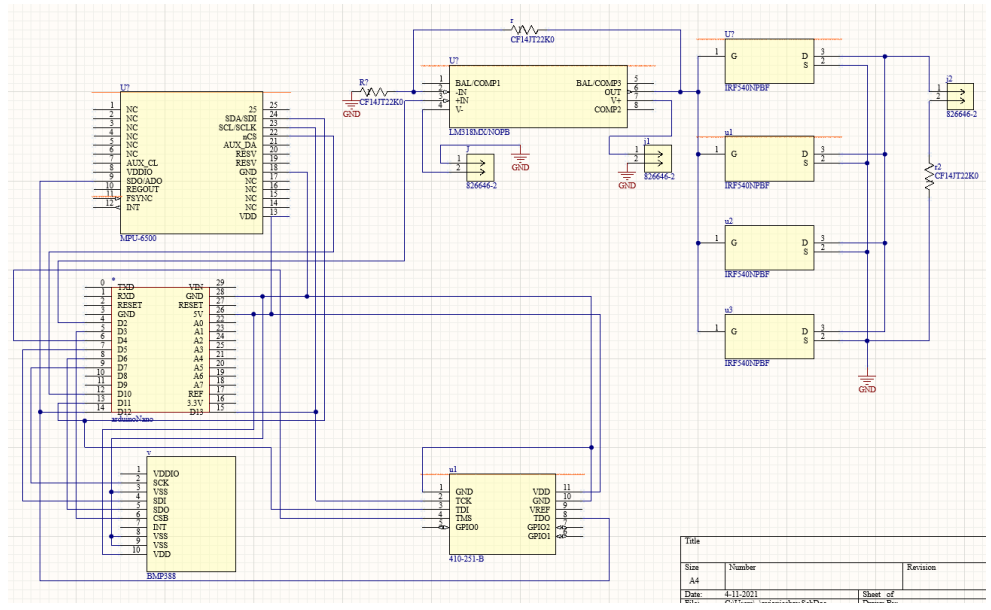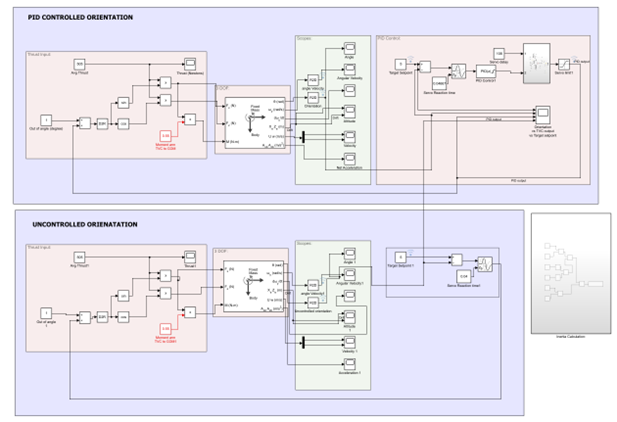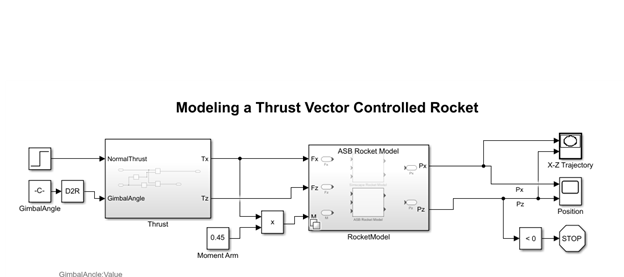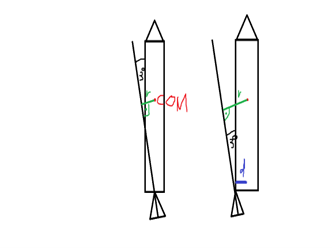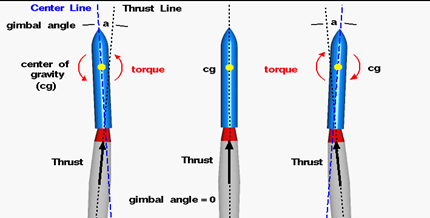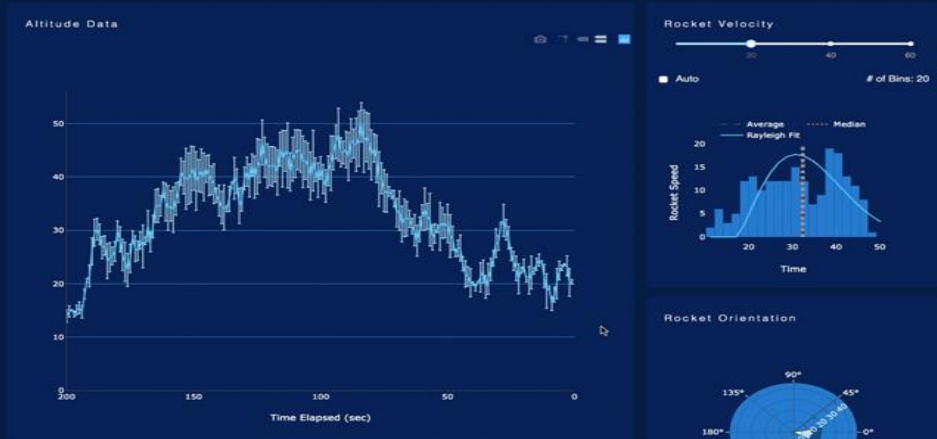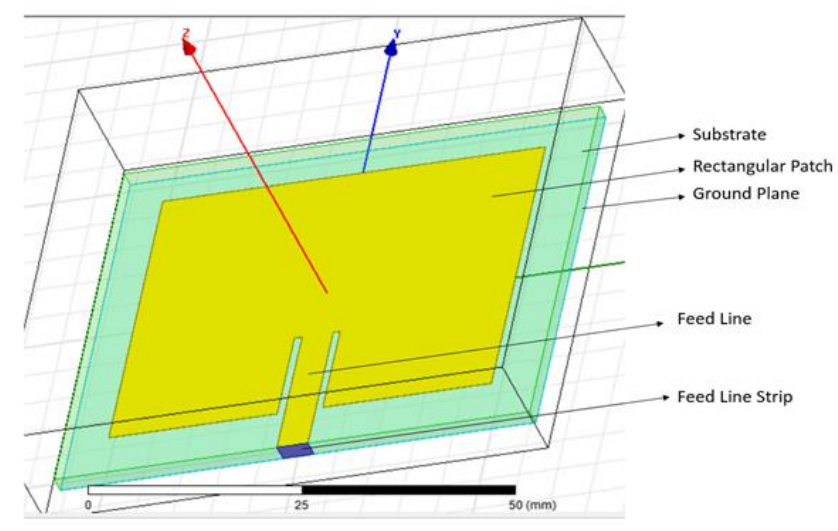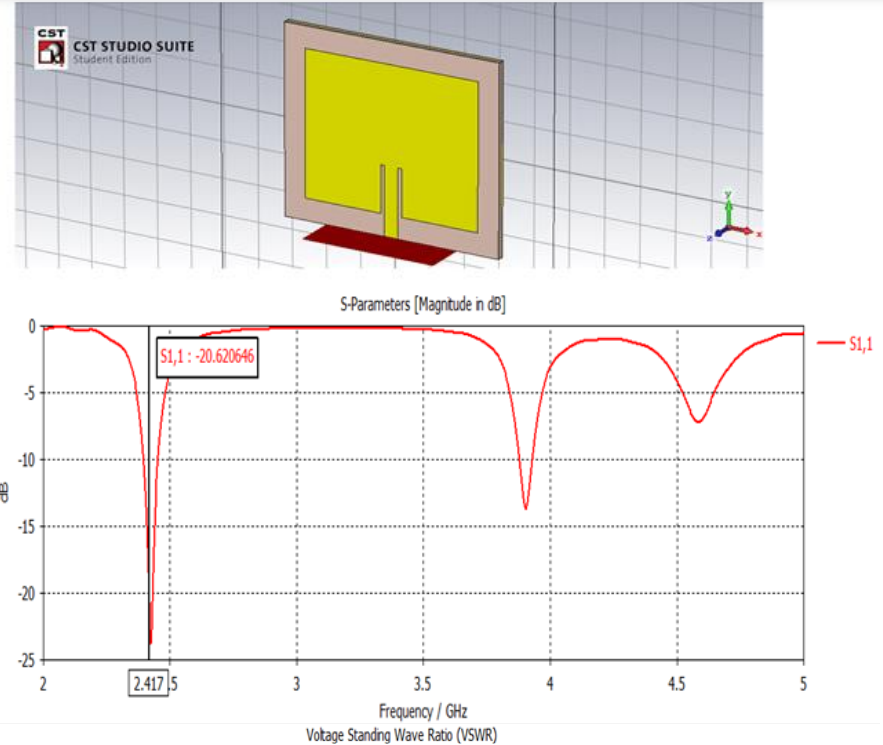Insight-Team Antariksh
RVCE
Team Antarikshis a student-led aerospace engineering club focused on developing experimental space technology projects. The team is composed of students passionate about rocketry, avionics, and space research, striving to push the boundaries of aerospace innovation through hands-on projects and international competitions.
Our biggest achievement to date was the successful development and launch of an experimental sounding rocket at the Spaceport America Cup (SA Cup), held in Mexico in 2023. This competition attracts teams from around the world, testing their designs under real-world conditions.
My role: I began as a member of the Avionics team, where I contributed to the design and integration of critical subsystems for the rocket. Over time, I was promoted to Head of Research and Development, where I played a key role in:
Through collaboration and mentorship, I helped our team achieve a successful rocket launch and furthered our research and development capabilities.
Learn more about Team Antariksh and our journey: Team Antariksh Website
Remote Ignition System
The Remote Ignition System was a crucial component for safely launching our experimental sounding rocket. I designed this system to enable wireless ignition from a safe distance, ensuring that the launch could be triggered without needing to be close to the launch pad, adhering to safety protocols. The system used a 4 Channel Wireless Four Button RF Remote Control Transceiver Module with a range of 100 meters. The wireless module was integrated into the overall avionics system and tested during several pre-launch simulations.
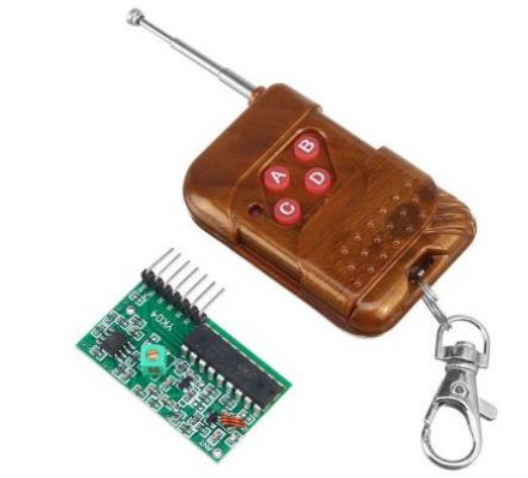
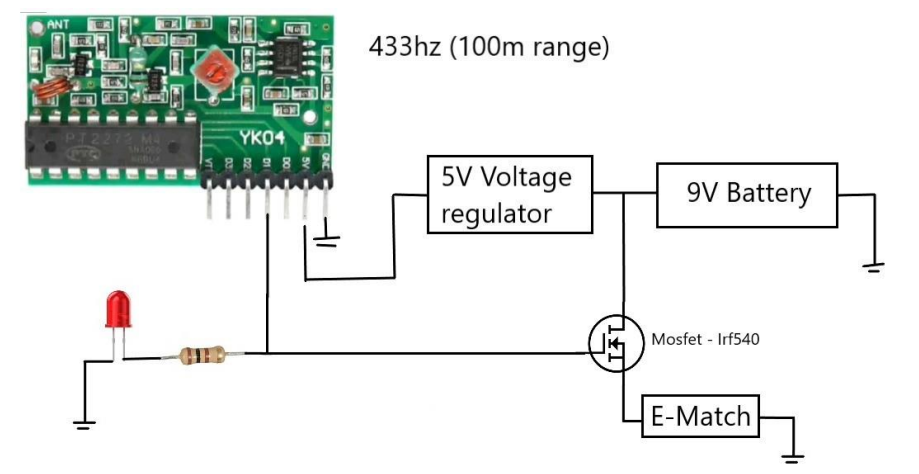
Redundant Flight Computer (RFC)
As part of our avionics system, I developed the Redundant Flight Computer (RFC) to autonomously handle flight path corrections and real-time data processing. The RFC was an essential upgrade from manual flight control, replacing it with a system of sensors and circuits that determined and adjusted the flight path. We used IRF540 MOSFETs and LM318 op-amps, controlled by an Arduino Nano, to manage the flow of data from the sensors. This design allowed for precise, autonomous adjustments during flight. I simulated the RFC using Proteus software, which allowed us to run through various flight scenarios and test the system’s robustness before integration into the rocket. The RFC ensured that critical flight maneuvers, such as adjusting for wind resistance and altitude control, were handled without any manual intervention.
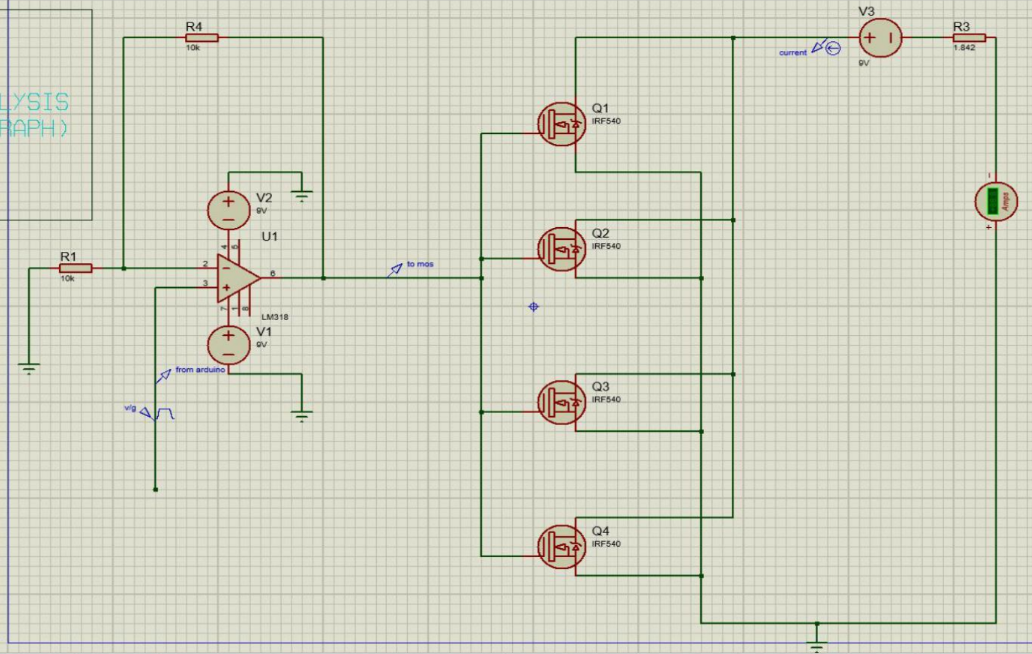
Avionics Bay Integration
I played a key role in leading the integration of the Avionics Bay, which was the central hub for all electronic components of the rocket. The Avionics Bay housed sensors, microcontrollers, batteries, and essential wiring, serving as the brain of the rocket. The system included BMP280 pressure sensors and MPU6500 gyroscopes connected to an Arduino Nano, which processed flight data and controlled various subsystems, such as the Redundant Flight Computer. One of my key contributions was designing the data logging system, which stored flight data on an SD card for post-flight analysis. By meticulously integrating all these components, we ensured the rocket’s flight data was accurately recorded and used to deploy the parachute at the correct time. This integration was vital for the smooth operation and stability of the rocket during flight.
Control System for Self-Landing Rocket
One of the most innovative aspects of our project was the development of a self-landing control system, which allowed the rocket to stabilize and land autonomously after reaching its apogee. I led the design of this system using a PID (Proportional-Integral-Derivative) controller, which allowed the rocket to make real-time adjustments to its flight path based on feedback from onboard sensors. We utilized Thrust Vector Control (TVC), which adjusted the rocket’s trajectory by manipulating the engine’s thrust direction. The PID controller ensured that the rocket could correct its course during descent and land safely. Simulations showed that the rocket reached stability within 1.7 seconds after initiating the control system, proving the effectiveness of this self-landing technology.
Antenna for Communication
I was also responsible for designing the rocket’s antenna communication system, which ensured continuous data transmission between the rocket and the ground station during flight. This system was critical for maintaining real-time telemetry and ensuring that we could track the rocket’s location, speed, and altitude throughout its journey. We used an RF communication system operating at 315 MHz, integrated with the Redundant Flight Computer to relay data back to the ground station. This communication system was tested rigorously during ground simulations, and it performed flawlessly during the live rocket launch, allowing us to monitor the rocket's performance in real time.
Mentorship and Leadership as Head of R&D
As the Head of Research and Development for Team Antariksh, I played a pivotal role in both the technical development of the rocket and the growth of our team. I mentored over 250 students, guiding them through technical challenges and helping them publish papers on aerospace technology. I also developed a comprehensive training program for new members joining the team, ensuring that they were equipped with the knowledge and skills required to contribute meaningfully to our projects. My leadership role involved not just technical mentoring but also fostering a collaborative and innovative environment, which was crucial in driving our team’s success at the SA Cup.
.jpeg)
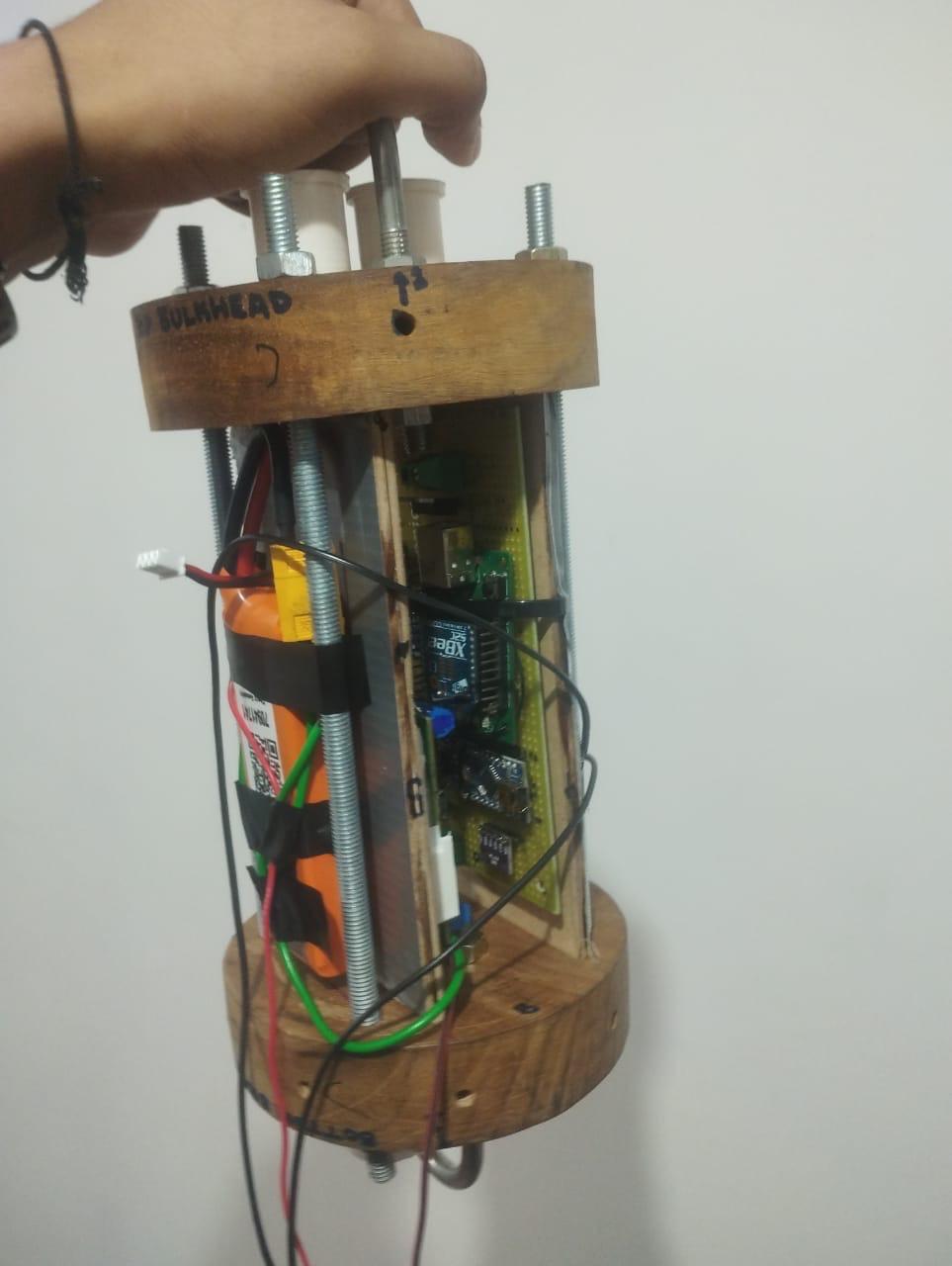
.jpeg)
